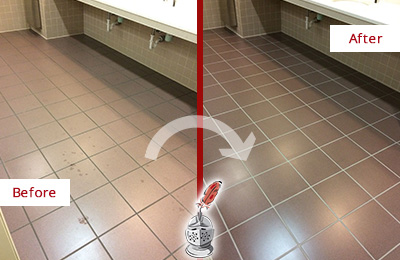This post following next involving Looking for Signs of Water Damage in the Bathroom is immensely captivating. Try it and make your own final thoughts.

The shower room is extremely at risk for damp accumulation and also prospective water damages because of the constant use of water in it. This article uses easy examination strategies to assist detecting water damages hazards.
The constant use of water in the shower room makes it extremely prone for moist buildup and possible water damage. By examining it consistently, you can decrease water relevant damages.
The adhering to set of evaluations is very easy to carry out and also should be done as soon as in every three months in order to maintain your shower room healthy and to avoid potential water damages triggered by the bathtub, the shower, pipe joints and plumbing, sinks, closets, and also the toilet
Do not forget carrying out these evaluations and also be detailed while executing them. Keep in mind that these basic inspections can save you a great deal of cash by providing early indications for water damage
Tub and Shower
The shower as well as bath tub require special focus and maintenance. Inspect the ceramic tiles and also change if cracked. Ensure that there is no missing out on grout between the ceramic tiles. Check and also replace broken caulking at joints where the wall surfaces fulfill the flooring or the bathtub. Clogged drains as well as pipelines problems will avoid the tub from drying out and also may indicate major issues underneath the bath tub. Seek advice from an expert immediately to prevent architectural damage. Pay attention to discolorations or soft areas around the tub wall surfaces as they might show an inner leakage.
Plumbing
Signs for water damages are tough to detect since many pipelines are mounted inside the wall surfaces.
Pay unique focus to floor covering and also wall surfaces dampness and also discolorations as they might show an unseen plumbing trouble. Inspect wetness degrees in adjoining rooms also.
Sinks as well as Cabinets
Sinks as well as cupboards are subjected to wetness as well as moisture day-to-day and also are usually ignored. Examine routinely under the sink and on the kitchen counter over it. Fix any kind of drip in the trap as it may suggest drainpipe troubles. Check out the sink, slow-moving draining pipelines might suggest a blocked drain. Change sink seals if they are fractured or loosened.
The Bathroom
The toilet is a susceptible water junction. Examine the water lines as well as look for leaks around the commode seat, in the tube, as well as under the water tank. If you identify any kind of indications of wetness on the floor around the commode, look for leaks in the toilet edge as well as tank seals.
Realize that hanging commode bowl deodorants increases the opportunities for obstructions.
How to Prevent Water Damage in Your Bathroom?
Water damage repair is an expensive, meticulous, and lengthy process. Unfortunately, bathrooms are the most susceptible rooms to water damage due to toilets, showers, and sinks. Pipes and fixtures wear out over time and are not immune to damage. But all is not lost, as there are ways to prevent water damage from occurring in your bathroom.
Check Your Plumbing
Nothing lasts forever, especially pipes, which can rust and begin leaking over time. You should periodically conduct pipe inspections and pay attention for any musty smells or water stains that may indicate you need water damage repair. Here are some things to check:
Frequently test valves for your toilet, shower, and sink to ensure they are properly working. Check faucet supply lines hidden under vanities and replace when needed. Replace cracked or deteriorating caulking along sinks, tubs, and showers. If you notice a clog in your sink, call in a professional. Since you can’t check the pipes in the wall, keep an eye out for stains, drywall bubbling, musty smells, and excess moisture; if the bathroom is on a second level, check the ceiling of the room directly below for these signs. Don’t Overwork Your Toilet
One of the most common reasons bathrooms need water damage repair is due to overflowing toilets. Save yourself the hassle of cleanup by being mindful and not pushing your toilet to extreme limits. If you have young children, it is especially important to keep an eye on them when they are in the bathroom and to teach them how to avoid clogging the toilet. Here are some more tips to help prevent your toilet from overflowing:
If you have a septic tank, only use septic-safe toilet paper Do not flush anything down the toilet besides toilet paper; items like diapers and sanitary napkins will clog the piping Pay attention to your toilet’s water level: If it’s low, it could mean it is partially clogged or that there is a crack in the toilet bowl Maintain Your Shower/Tub
Replace showers or tubs with cracks or other damage; even hairline cracks can allow water to seep in and cause damage. Grout and caulk help prevent water from seeping into walls and floors, so repair them if they are chipped, cracked, or deteriorating. Replace torn shower curtains or shower doors with seals that no longer work. Dry the floor and drain water from the tub immediately after use to prevent damage from sitting water. https://www.alure.com/home-improvements-blog/resources/how-to-prevent-water-damage-in-your-bathroom

We had been guided to that report about Looking for Signs of Water Damage in the Bathroom through an associate on another web blog. You should take the opportunity to share this entry if you liked it. We value reading our article about How to Fix a Water Damage Bathroom.
Call